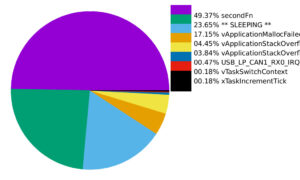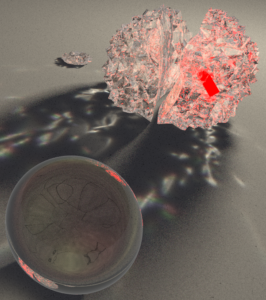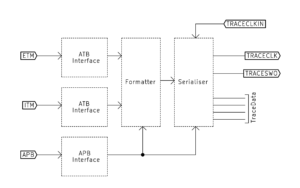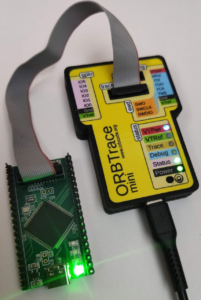Instrumenting your application, passing the resulting data over the SWO link and post processing it on the host side turns a lot of textual data from the SWO into something that’s much more useful and easily digested. That’s where orbstat comes in.
Posts by admin
SWO – Starting with Apps
Exploiting the SWO link for software logging and hardware state reporting delivers huge advantages in comparison with traditional debug techniques, but when extended with applications on the host side the benefit gained is amplified considerably.
SWO – The Hardware Channels
SWOs credibility as a debug solution comes from it’s ability to support multiple software output channels, but it’s real capability is only realised when you use the hardware monitoring functions it offers too.
SWO – Getting started with Tooling
Basic Single Wire Output replaces a serial port for debug purposes, but that’s hardly scratching the surface of the full capability of what’s behind that pin. To get more out of it needs additional software on the host side, and that’s where Orbuculum makes its first appearance.
SWO – Single Wire Output
SWO is the underloved younger brother of SemiHosting. Only available on M3 and above, it provides a flexible window into the behaviour of your target. In the simplest use case, it’s a high speed output only debug serial port.
ORBTrace for Debugging with openocd
ORBTrace offers a heck of a lot of functionality. This article doesn’t cover more than a small fraction of it, but it should serve as a get-you-going out of the box walk-through to get simple debugging up using gdb and openocd in conjunction with ORBTrace.





